Diverse Narratives: Real Stories From Asian And Asian American Communities In Media
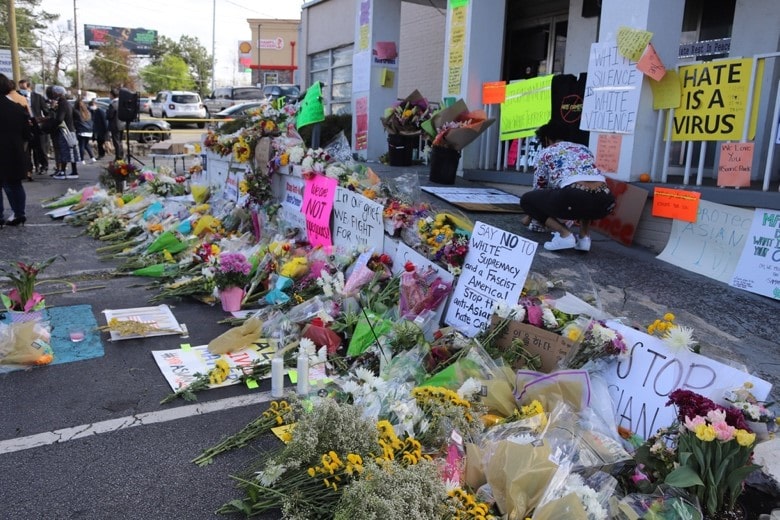
Table of Contents
Historical Context: A Legacy of Stereotypes and Underrepresentation
The "Model Minority" Myth and its Harmful Effects
The pervasive "model minority" myth, portraying Asian Americans as inherently successful and docile, has had a profoundly damaging effect on media representation. This stereotype ignores the vast diversity of experiences within Asian and Asian American communities, obscuring struggles with poverty, discrimination, and systemic inequalities.
- Examples of stereotypical portrayals: The perpetually nerdy, asexual Asian male; the submissive, exotic Asian female; the villainous, inscrutable Asian mastermind. These tropes, prevalent in classic films and television shows like Breakfast at Tiffany's and Kung Fu, perpetuate harmful generalizations.
- Consequences for other marginalized groups: The "model minority" myth is often used to pit Asian Americans against other minority groups, undermining solidarity and deflecting attention from systemic racism affecting all communities.
- Silencing of diverse voices: This myth silences the voices and experiences of Asian Americans who do not fit this idealized image, perpetuating a narrative of homogeneity and suppressing authentic storytelling.
Early Representations and Their Limitations
Early depictions of Asian and Asian American characters were often limited and rooted in orientalist tropes. These portrayals frequently exoticized or villainized Asian cultures, contributing to a long history of misrepresentation.
- Harmful tropes and clichés: The "dragon lady" archetype, representing a seductive and dangerous woman; the submissive "geisha" figure, devoid of agency; the inscrutable, wise martial arts master. These are just a few examples of the harmful and limiting stereotypes perpetuated.
- Lack of nuanced portrayals: The vast diversity of Asian cultures and experiences was often ignored, presenting a homogenized and inaccurate portrayal of Asian and Asian American communities.
Current Trends: A Shift Towards More Authentic Representation?
The Rise of Asian and Asian American Creators
A significant shift is occurring, with an increasing number of Asian and Asian American creatives taking control of their own narratives. This surge in representation is leading to more nuanced and authentic storytelling.
- Examples of successful shows and films: Shows like Crazy Rich Asians, To All the Boys I've Loved Before, and Shang-Chi and the Legend of the Ten Rings, along with independent films and documentaries, demonstrate the growing success of Asian and Asian American creators.
- Impact of independent films and streaming platforms: Independent filmmaking and streaming platforms like Netflix have provided opportunities for diverse voices to be heard, bypassing traditional gatekeepers in the entertainment industry.
Exploring Diverse Experiences
Contemporary media is increasingly focused on showcasing the multitude of experiences within Asian and Asian American communities, tackling complex issues and showcasing a more realistic picture.
- Examples of films and shows depicting diverse experiences: Movies and series addressing themes of immigration, generational trauma, LGBTQ+ experiences, and class disparities within the Asian American community are becoming more common.
- Impact on audience perception: These nuanced portrayals are helping to reshape audience perceptions, fostering greater understanding and empathy towards the diversity of Asian and Asian American communities.
Challenges Remaining: Addressing Ongoing Issues in Media Representation
The Need for Inclusive Casting and Storytelling
Despite progress, inclusive casting practices and authentic storytelling remain crucial for accurate representation. The industry still needs to actively combat the underrepresentation of Asian and Asian American actors in leading roles.
- Continued lack of diverse representation in leading roles: Many productions still feature predominantly white casts, relegating Asian and Asian American characters to supporting or stereotypical roles.
- Importance of authentic cultural representation: Avoiding cultural appropriation and ensuring that cultural elements are portrayed respectfully and accurately is paramount.
Combating Tokenism and Stereotypes
Tokenism—the inclusion of a single Asian or Asian American character to appear diverse without substantive representation—remains a significant challenge. Harmful stereotypes also persist, hindering genuine progress.
- Examples of tokenistic portrayals: The inclusion of a single Asian character solely to fulfill a diversity quota without allowing them a fully developed storyline or personality.
- Suggestions for fostering more authentic and nuanced representations: Actively seeking diverse voices in the writing room, providing opportunities for Asian and Asian American directors and producers, and implementing blind auditions can help to address these issues.
Conclusion: The Future of Diverse Narratives in Media
This article has explored the historical context of underrepresentation, the current trends towards more authentic storytelling, and the ongoing challenges in achieving truly diverse narratives. Accurate and diverse representation is not merely a matter of fairness; it is crucial for fostering understanding, combating prejudice, and creating a more inclusive society.
Key Takeaways: The "model minority" myth, harmful stereotypes, and tokenism continue to hinder authentic representation. However, a growing number of Asian and Asian American creators are changing the landscape, offering more nuanced and relatable stories.
Call to Action: Demand more diverse narratives. Support creators who are telling authentic stories from Asian and Asian American communities. Let's continue the conversation on how to improve representation and ensure that everyone sees themselves reflected in the media they consume. Let's champion diverse narratives and build a more inclusive future for Asian and Asian American representation in media.

Featured Posts
-
 Cineplex Q1 Financial Results Impact Of Reduced Box Office Attendance
May 12, 2025
Cineplex Q1 Financial Results Impact Of Reduced Box Office Attendance
May 12, 2025 -
 New Calvin Klein Campaign Featuring Lily Collins Image 5133595
May 12, 2025
New Calvin Klein Campaign Featuring Lily Collins Image 5133595
May 12, 2025 -
 American Golf Fans Divided By Shane Lowrys Latest Video
May 12, 2025
American Golf Fans Divided By Shane Lowrys Latest Video
May 12, 2025 -
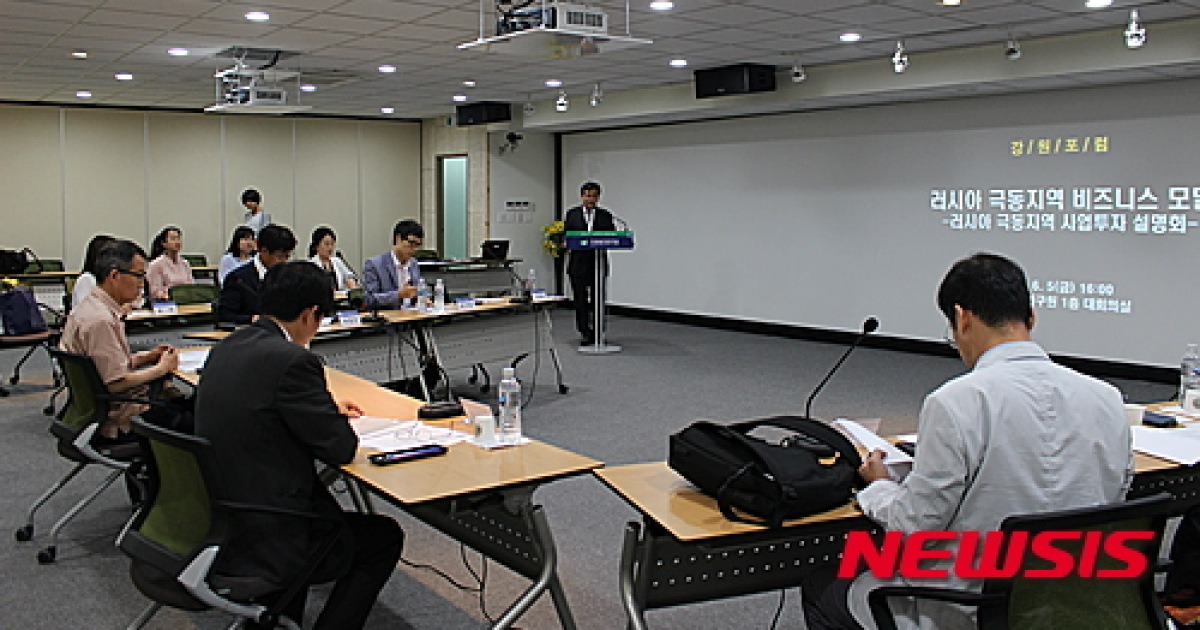 Mls
May 12, 2025
Mls
May 12, 2025 -
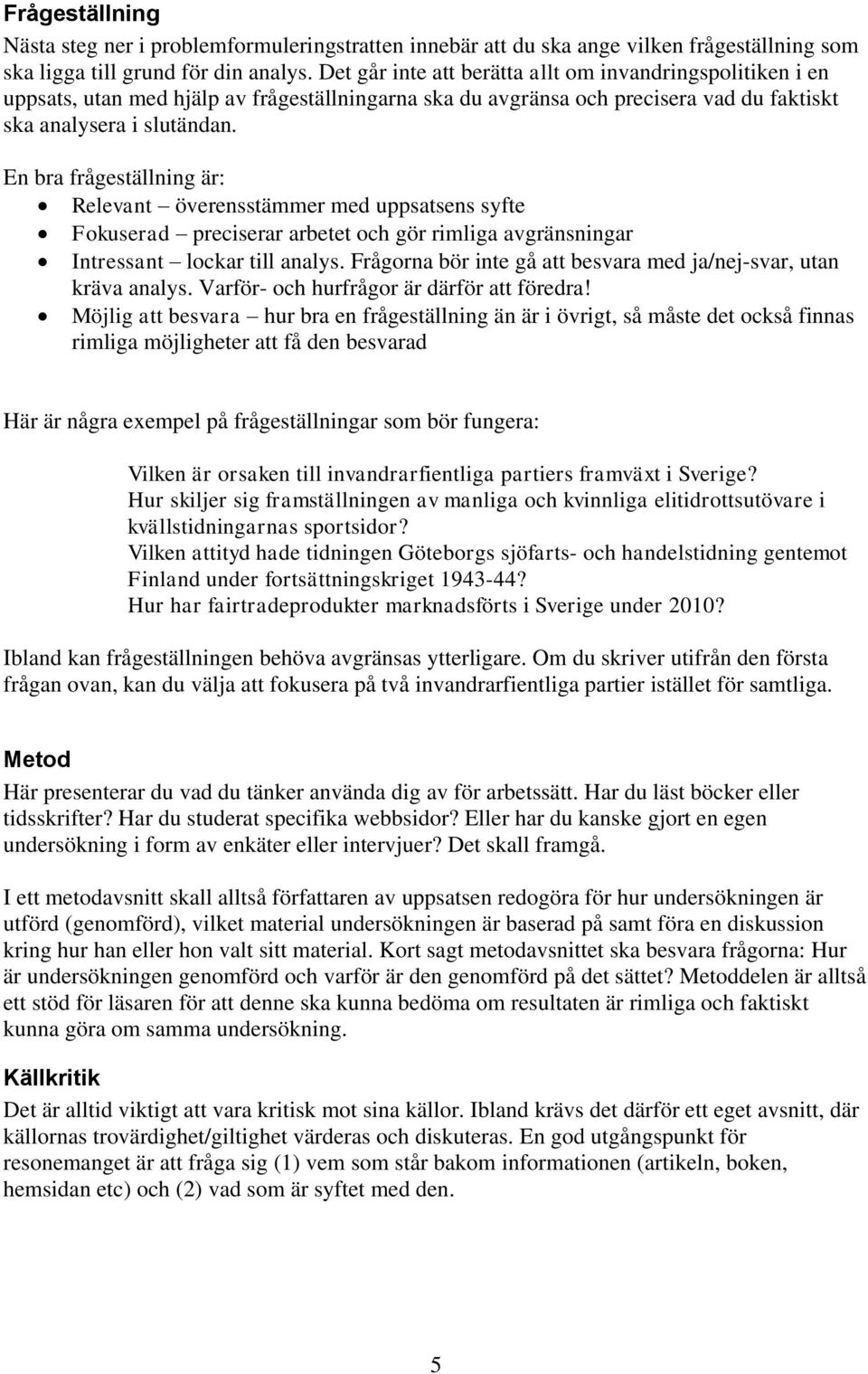 Ormsperma Och Jessica Simpson En Analys Av Hennes Kontroverser
May 12, 2025
Ormsperma Och Jessica Simpson En Analys Av Hennes Kontroverser
May 12, 2025
Latest Posts
-
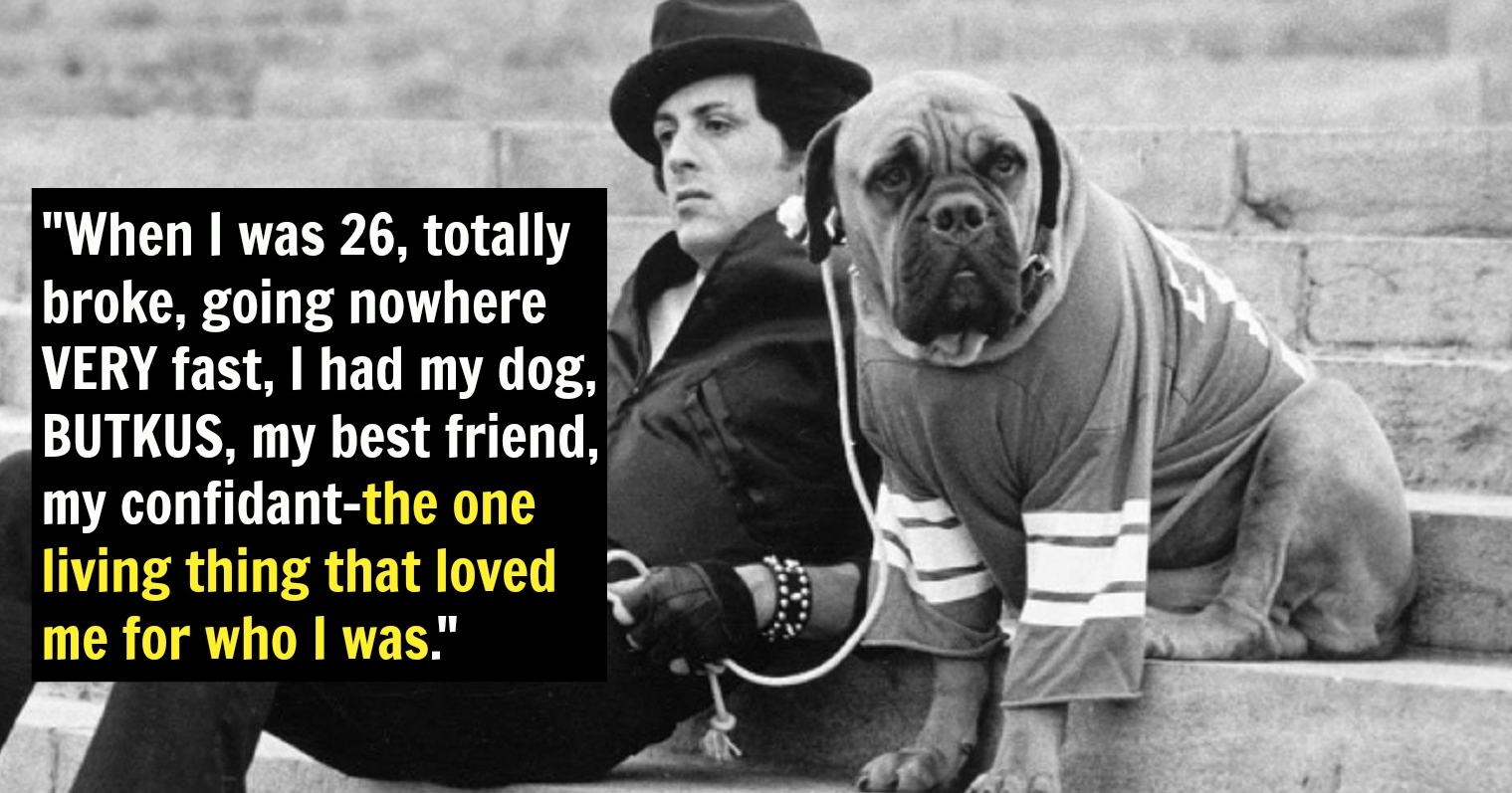 The Most Emotional Rocky Movie Sylvester Stallones Personal Favorite Explored
May 12, 2025
The Most Emotional Rocky Movie Sylvester Stallones Personal Favorite Explored
May 12, 2025 -
 Which Rocky Movie Touches Sylvester Stallone The Most Unveiling The Franchises Emotional Heart
May 12, 2025
Which Rocky Movie Touches Sylvester Stallone The Most Unveiling The Franchises Emotional Heart
May 12, 2025 -
 Sylvester Stallone Picks His Top Rocky Film Exploring The Emotional Core Of The Franchise
May 12, 2025
Sylvester Stallone Picks His Top Rocky Film Exploring The Emotional Core Of The Franchise
May 12, 2025 -
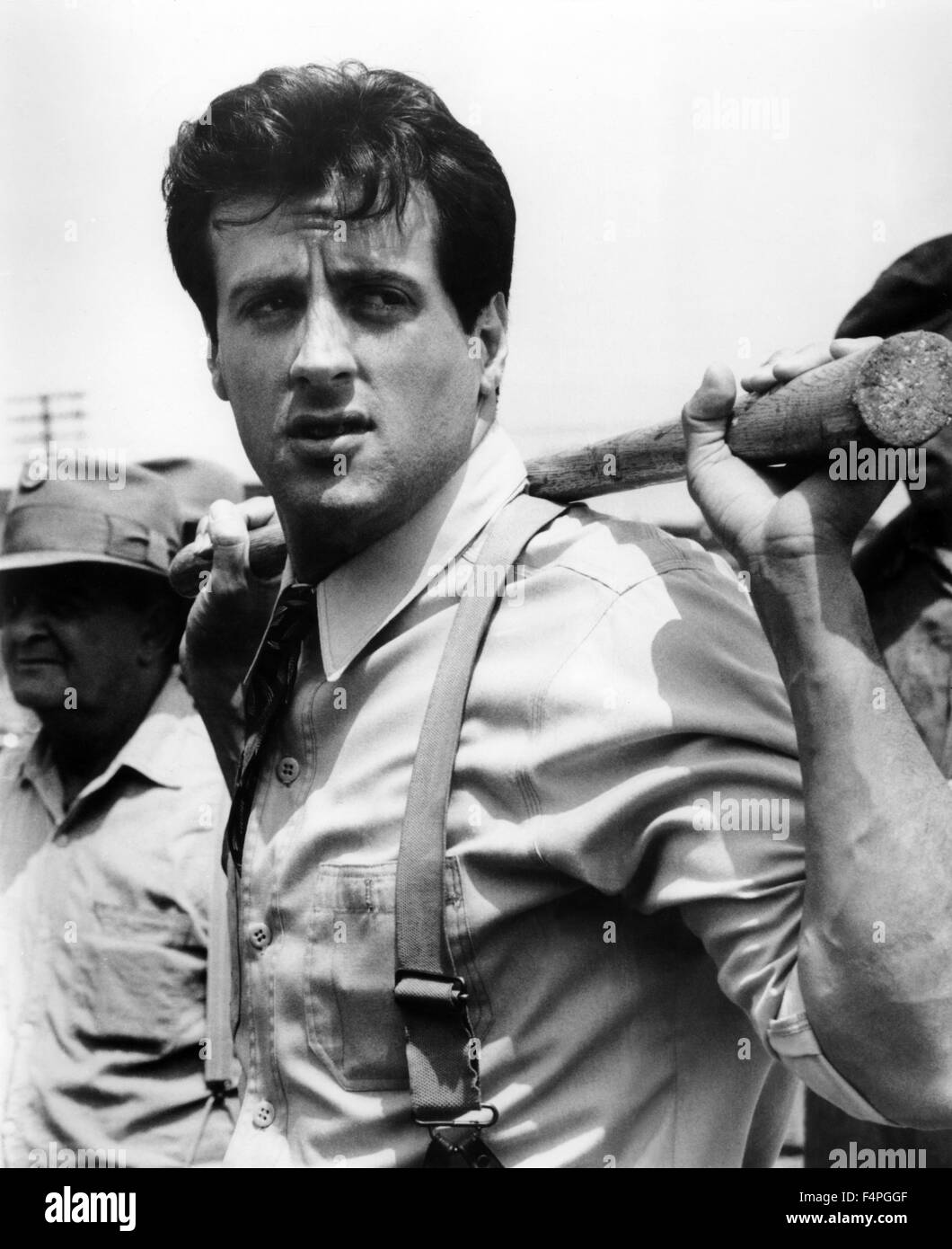 The One Movie Sylvester Stallone Directed But Didnt Act In A Critical And Commercial Disaster
May 12, 2025
The One Movie Sylvester Stallone Directed But Didnt Act In A Critical And Commercial Disaster
May 12, 2025 -
 This Months Free Streaming Movie Sylvester Stallone In Armor
May 12, 2025
This Months Free Streaming Movie Sylvester Stallone In Armor
May 12, 2025
